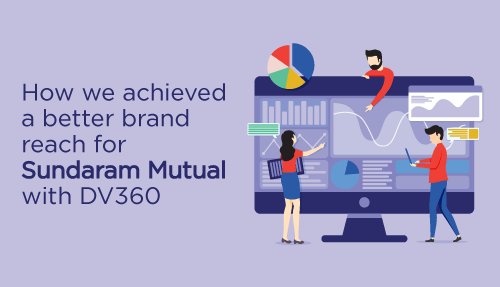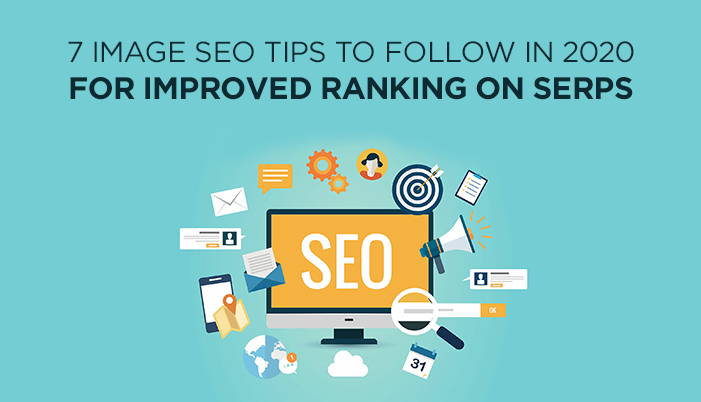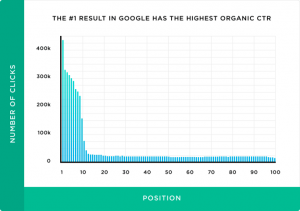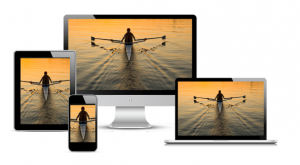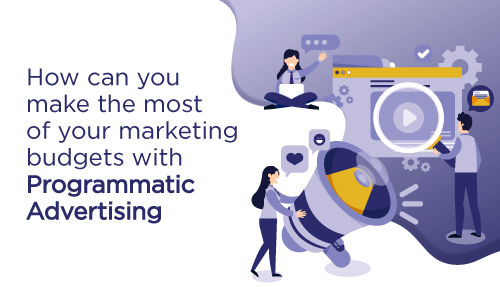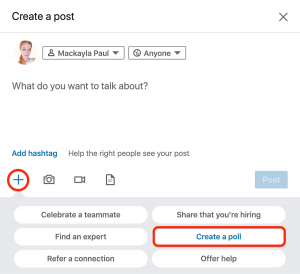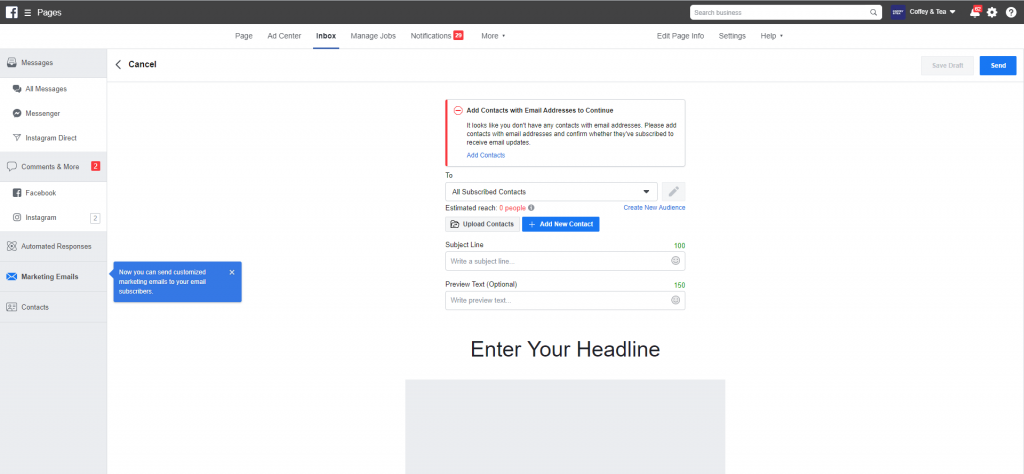Reading Time: 5 minutesHow a business will progress heavily depends on how it’s marketed, and in the 21st century, email marketing is one of the best methods. The invention of email marketing has eliminated the necessity to print out thousands of banners and posters, as it can reach beyond borders.
However, this doesn’t imply that this comes free of cost and it certainly doesn’t lessen competition. Every brand is leveraging this effective way of reaching out to people through which they’re generating considerable amounts of conversion either directly or indirectly through this medium.
This can only be done if your emails can function as if they were words from a real human being, and if they could appeal to their audience. However, you can’t achieve this if your email isn’t personalized.
Here we’ll discuss how different templates can help you reach your target audience, and what sort of template will fit your company. Let’s dive right in.
Best Newsletter Templates for Email Marketing:
1. For Retail Shops:
The abundance of retail stores in every town and city is the reason behind the hefty competition. Research suggests that the retail shops’ success depends heavily on the extra features or USP they offer, as in most cases, the prices and the products will be the same. So, the goal should be to highlight the USP alongside your products.
Tips for Design:
You can take multiple approaches, depending on your aim and target audience.
- Using clean and light themes for informing about better features, more convenience, or how you can offer a better experience overall is a good idea.
- If you want to broadcast that your store offers a sale, you should make that the entire newsletter’s main attraction. It’s recommended to use bold and big fonts. The color can be either Black and White or colorful, depending on your target audience. Make sure to mention when the sale ends in lieu of increased demand.
- If there’s a giveaway, you should display the items along with their price to create a sense of value.
- If there’s something you want your audience to see, you can use handwritten fonts. These fonts tend to jump out of the page; that’s exactly what you want.
2. For Real Estate:
At some point, Real Estate emails used to be full of promotional content, but that doesn’t “engage” people much. You can create engaging emails by adding information such as how great the neighborhood is, or how amatuer buyers can select a property offering that’s just right for them.
Tips for Design:
- Real estate newsletters don’t necessarily have to contain pictures of the house or apartment you’re offering. It can also feature images that instigate a feeling of royalty or a picture that’ll convey that your service is the gateway to the clients’ dreams.
- You can use colors, but ensure that the information is written on a clean and preferably white background.
- You can write on how they can choose the right property for themselves, how to decide the right time to buy. Studies show that offering tips on how you can develop influence in a particular neighborhood works as well.
- If you’re listing an apartment for sale, make sure to add the price. If the prices aren’t included, people consider that as shady, and it may affect the clicks you get negatively.
3. For Businesses in General
Every business is trying it’s best to adapt to the dynamic market, and that’s why the necessity of regular internal and external communication is more significant than ever. Here are some tips on how you can curate some effective newsletters.
Tips for Design:
- The best way to make an impression with your clients is through concise emails. You can use black fonts against bright, white backgrounds with normal texts, and colorful fonts for the headings. There should be just enough pictures to grab the attention of readers but not too much lest it distracts readers.
- You can inform them about any update or how the company is growing through these emails. A great way of making the email precise is by applying a filter on the pictures that are the same shade as the fonts. This helps maintain symmetry.
- Employees are the most efficient when they follow the company guidelines. You can remind your employees with an email and weave your guidelines into design.
Who says business newsletters can’t be colorful? Some of the best newsletter templates are super colorful. You can create some colorful newsletters for your email marketing campaign, which will differ from the usual and generate clicks and sales.
4. For Fashion:
Fashion newsletters are a great way to attract your audience and to generate revenue. You can forward your best collections, or even the clothes you need to get off your inventory through these emails. However, this is often ignored, and people find their inbox spammed with hastily drafted fashion newsletters.
Tips for Design:
- Offering promotional, exclusive content, and sales is an excellent way of generating revenue. However, if every newsletter of yours offers products, people are bound to ignore them.
- You can make your newsletters more engaging by offering useful content. You can always offer stuff like how to maintain a specific product, dress up for different events, what’s the latest trend, etc. The best fashion newsletter templates offer engaging content of this sort.
- As for the fonts and background, you can go classic, or you can go creative. As for the traditional approach, you can use black fonts against white background, add products, product descriptions, and a marked-down price.
On the other hand, you can also go wild and use different fonts and colors. This depends on what sort of products you’re advertising and who your target audience is.
5. For Sign-up Newsletters:
Getting your audience to sign-up for your service is one of the hardest things to do, but it can bring you many benefits and of course revenue. However, these types of letters perform great if they’re personalized. A personalized email newsletter can perform twice as well as any general mail; that’s why you should focus more on making them personalized.
Design Tips:
A welcome email is an excellent way of getting your customers hooked up to your service or business. Usually, these emails are collected when they make a purchase. If they receive a welcoming email after their purchase, they may feel connected to your business. If you can make this happen, they’ll be inclined towards signing up. Use the font and theme for such emails according to the items the consumer is inclined to purchase. Doing so will enable you to personalize the email to the most significant degree.
If you’re unable to filter your email list based on gender, you should opt for newsletters that speak to both. You can do so easily by adding an equal number of products for both men and women patrons, and if these products appeal to them, they may consider signing up for more.
Making one of the best newsletter templates for signing up is by emphasizing what’s in it for them. A person will surely sign-up for your newsletter if you can convince them that it’ll benefit them. This type of newsletters should always be listed for more readability.
6. For Body Care and Health-Related Brands:
Body care and health-related businesses took to online platforms recently, but you’ll surely fall behind if you don’t invest in this, as the other companies have already gone all in. You can make such newsletters engaging with the following newsletter templates:
Design Tips:
Using the color green is an excellent way of making the best newsletters relating to body care and health-related products, as green speaks for a healthy living. However, that doesn’t mean that you can’t use other words. For instance, if you’re promoting a product that contains lavender as a particular ingredient, you can use violet as the theme color, which is a more relevant idea than using green.
Apart from just promoting your products, you can offer different tips as well. These tips can be on making DIY products, healthy snacks, or you can survey the necessity of certain products and desires for updating your inventory and approach.
Conclusion:
The only limiting factor in making the best newsletter template is your creativity. There’s no set rule of thumb at play here. However, you can follow the tips mentioned above while making a newsletter for your email campaign. Remember that email marketing is one of the best methods of getting the word out, so you should never rush on this. Take some time to consider the message of the newsletter, the target recipients, and what you plan on achieving through this. Answering these questions will allow you to create the best newsletter templates for your email marketing campaign.
John Davier
Content marketing guru at Mailmunch. I’m passionate about writing content that resonates with people. Live simply, give generously, stay happy.

